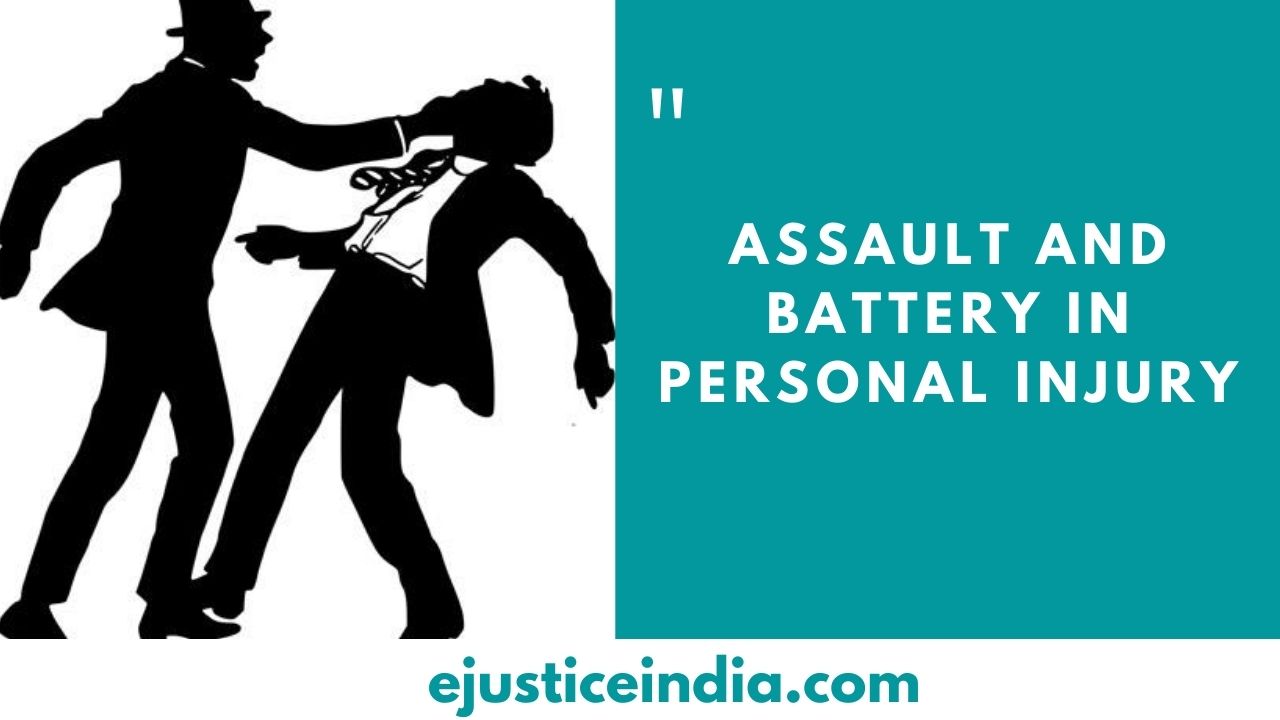VIRTUAL HEARING IN PANDEMIC CRISES
Author :- Mayank Suryan
As the crises started due to the pandemic disease the novel coronavirus which has been identified as the public health emergency of international concern by world health organization. The outbreak of novel COVID-19 is the reason for the nationwide lockdown which was declared by the government. It is an unfathomable time of emergencies which every country is facing at the present time, however it is no secret that our judicial system is stumbling beneath a heavy burden of thousands of suits filed every year in court and due to such an emergency it has increased the burden on our judicial system. So to maintain the flow of justice and functioning of the court the Supreme Court had started the virtual hearing. This article focuses on the practical applicability of the virtual hearing and is this virtual hearing a boon or a bane to the judicial system.
It is“universally accepted that independent, timely, and fair delivery of justice in a society is vital to the functioning of democracy as it provides a critical check-and-balance against the function of the executive and the legislatures. So to ensure that there should be no delay in delivering the justice the Hon’ble apex Court of India has passed a seven-page order explaining the reason for moving online even in such a time of crises.”A 3 judge bench consisting of the Chief Justice Bobde and Justice DY Chandrachud and Justice Nageswara Rao issued a direction for “Guidelines for court functioning through video conferencing during COVID-19 Pandemic” and regarding the measures that should be taken by all court to reduce the physical presence of all the litigants within the court premises by maintaining social distancing.“The guidelines provided by the Hon’ble Apex Court were issued by under article 142 of the Indian Constitution which provides extra-ordinary jurisdiction. It is the first step taken by the courts towards digitalization and accommodating the court system to the innovative reality of the internet age.
PRECEDENT JUDGMENT FOR VIRTUAL COURTS
It“is not the first time that the hearings are being held through video conferencing, there are many cases in which the virtual hearings took place. In case of Krishna Veni Nagam v. Harish Nagam, both the parties were not located within the jurisdiction of the same court, so the court said that it is suitable to use video conferencing technology as both the parties have equal difficulty due to lack of place which is convenient to both the parties, proceedings must be conducted through video conferencing. Later the it was overruled by the 3 judge bench by 2:3 majorities in the case of Santhini v. Vijaya Venkatesh where the court said that in the transfer petition, video conferencing cannot be directed.”
PROS AND CONS OF THE VIRTUAL HEARING
It is for the first time when the whole judicial system has started working online due to the pandemic emergency. It is said that no computer can take the place of a human being, it is said that every coin has two faces and just like that the virtual court hearing also has its positive and negative points.
In a recent letter given by the In a recent letter given by the chairman of the Bar Council Of India to the CJI opposing the use of virtual hearing and it has been urged to the Chief justice of India SA Bobde to issue appropriate directions to all the courts to resume physical open court hearings from June 1, 2020. As practically it is not possible that each and every litigant is well versed in technology and will be able to work. Unfortunately many people living in the remote areas are not able to access the online judicial system due to a variety of reasons including a lack of financial means, physical disabilities and other unavoidable circumstances.
Currently the virtual hearings are only being used for the matters which are urgent and an e-filling facility is available for all the matters. In the case of State of Maharashtra vs. Dr. Praful Desai it was interpreted by the court that in view of Section 273 of CrPc, the term ‘presence’ cannot be said that there should be physical presence of the person, so the evidence can be recorded without physical requirement of the person. In many civil and criminal cases where the accused is a serious criminal may not be called in the court physically for recording of statement though the recording of statement of such accused can be done through video conferencing.
Though in such a time of crises there are ways in which disputes can be resolved like online dispute resolution which offers a way to deliver affordable access to justice and can remove the barriers like geographical isolation and lack of transport options and mobility. Online dispute resolution is facilitated by mechanisms such as online mediation, advisory mechanisms such as online case appraisal etc.
At one side where the virtual hearings help in maintaining the social distancing in the crises of pandemic and minimizing the old school method working of court. It is compromising the open court system of our judiciary, where there is transparency in working of the court. Lawyers have raised the questions on virtual court proceeding not being open to public, as it was held in the case Naresh Shridhar Mirajkar and others v. State of Maharashtra that public hearing of cases before courts is as fundamental to our democracy and system of justice as to any other country. So there is a dire need that there should be a live streaming of the hearings, as our judiciary is an open court system which shows the transparency on working of the courts.
In the courts the evidence of any case is submitted through exhibits which used to be notarized by the notary to confirm their authentication, but as in virtual cases the authenticity of the documents cannot be checked which raises the question of authenticity of the documents.
CONCLUSION
It is a time crisis and the courts are facing a real burden as the pendency of the cases are increasing day by day. In some cases there is in camera proceeding which does not mean that the court proceedings are being recorded by the camera but it means that to safeguard the identity of the victim or the name of the witness, the details of the proceedings will not be made public. Though there are problems which the Indian courts are facing currently as it is the first step of our judiciary to start virtual hearing and move towards a paperless court function. In the present-day scenario, there are many difficulties faced in the practical implication of the virtual courts. The new system of the virtual hearing should be more user friendly and easily accessible to the people.



Thanks-a-mundo for the blog.Really looking forward to read more. Keep writing.
This blog was… how do you say it? Relevant!! Finally I have found something which helped me. Cheers!
Hi” i think that you should add captcha to your blog.
Good article! We will be linking to this great article on our website. Keep up the great writing.